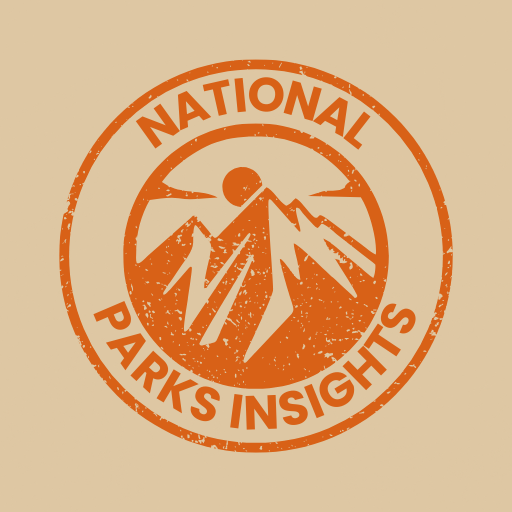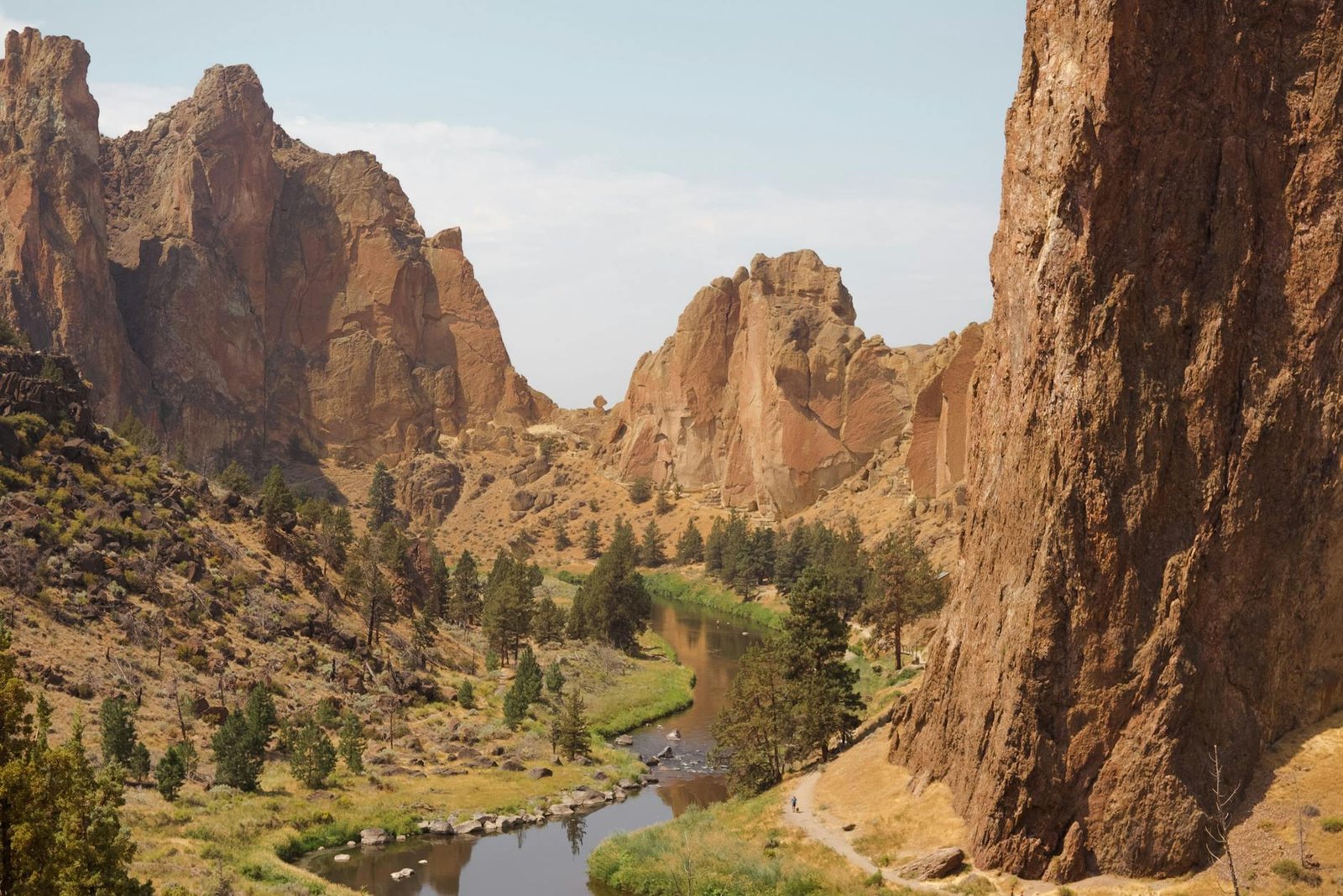Exploring Kennesaw Mountain National Battlefield Park
History and Establishment
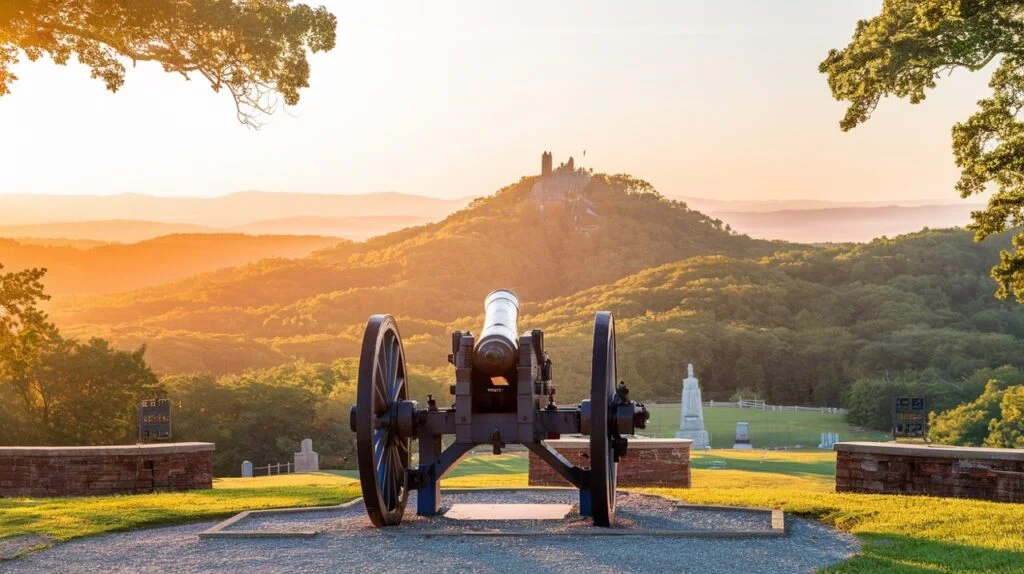
Kennesaw Mountain National Battlefield Park is like a front-row seat to history where you can almost hear the Civil War cannons. It’s a place of epic brawls for Atlanta, Georgia, back in the day. In 1917, they officially stamped it as a battlefield park, thanks to Mr. Lansing J. Dawdy, a gutsy Illinois war vet who snagged a piece of land near the Dead Angle in 1899. He handed it over, and voila, Congress gave the green light for the park (Battlefields.org).
Stroll through, and you’ll be nodding your head at three monuments and four stone markers, all tipping their hats to those who weathered the storm during the Civil War. Plus, there’s the Veterans History Project saluting the brave souls who donned uniforms for Uncle Sam (National Park Service). If you catch the park itch while you’re at it, we’ve got you covered with a look at other sweet national parks in Georgia over in our best national parks in Georgia article.
Location and Geography
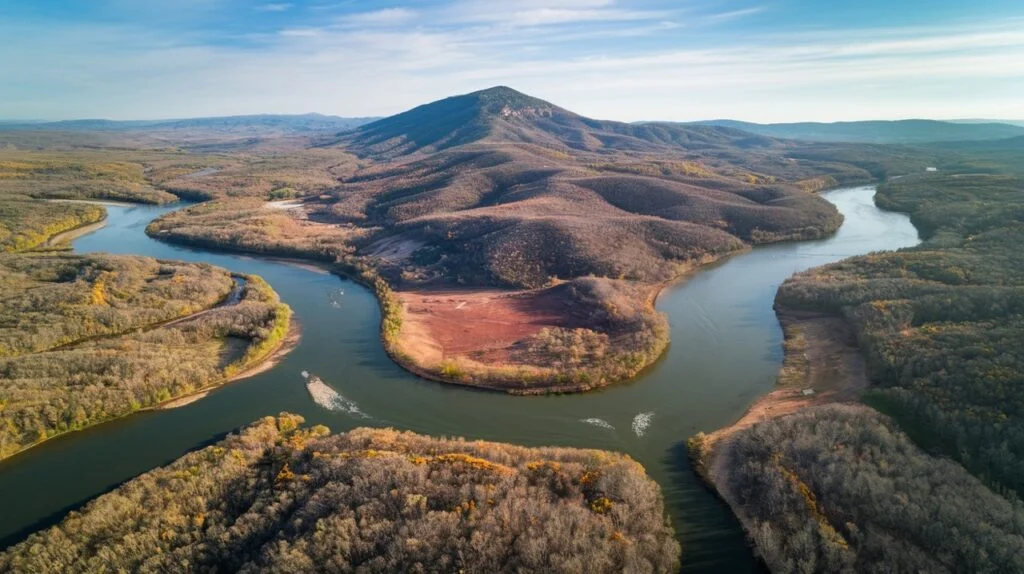
This park isn’t just your regular old patch of land. Kennesaw Mountain National Battlefield Park sits smack in the middle between the Chattahoochee and Etowah Rivers in Georgia. It hugs the Great Smoky or Cartersville Fault line—like a historic sandwich—marking the line between the Upper Piedmont and the Ridge and Valley Province of northern Georgia (NPS.org).
It’s like Mother Nature and Father Time teamed up to create a masterpiece, blending nature’s beauty and historical vibes. If you’ve got wanderlust, you’re not far from other national parks near Georgia—a perfect pit stop for your travel plans.
| Location Details | Description |
|---|---|
| Proximity to Rivers | Chattahoochee and Etowah Rivers |
| Geographical Boundaries | Upper Piedmont and Ridge and Valley Province |
| Nearby Fault Line | Great Smoky or Cartersville Fault |
For those itching to roam around Georgia’s wild side, peek at our georgia national parks list for a roadmap to more gems like the Okefenokee Swamp Georgia and Cumberland Island National Seashore Georgia. Go on, turn those travel dreams into plans!
The Battle of Kennesaw Mountain

What went down at Kennesaw Mountain during the Atlanta Campaign? It’s one for the history books, and if you’re ever around Kennesaw Mountain National Battlefield Park, you’ll be steeped in tales of courage and tactics that played a key role in the Civil War.
Overview of the Battle
Picture this: June 27, 1864, Cobb County, Georgia. General William T. Sherman and his Union troops square off against General Joseph E. Johnston’s Confederate army. Sherman tried to sneak past Johnston and his soldiers to reach Atlanta by throwing a mean distraction their way—only to find Johnston’s crew weren’t easy to budge.
Come June 24, the Union forces, armed to the teeth with over 50 cannons and soldiers from the XV and XVII Corps, gave it a go. Things got intense with rifle pits overrun, but they couldn’t crack the main Confederate line. Those guys dug in and unleashed a counterattack that’ll be remembered (American Battlefield Trust).
| Date | Union Forces | Confederate Forces |
|---|---|---|
| June 27, 1864 | 16,000 | 8,000 |
| Casualties | 3,000 | 1,000 (New Georgia Encyclopedia) |
Significance and Aftermath
Was Kennesaw Mountain a game-changer? You bet. The Union couldn’t break through, but it showed the grit and smart moves Johnston and his gang had going. Cheatham Hill—or as some call it, “Dead Angle”—gives ya a fair idea of how intense it got (New Georgia Encyclopedia).
| Battle Aspect | Outcome |
|---|---|
| Union Attack | Made no headway against Confederate defenses |
| Confederate Defense | Stood firm in their positions |
| Casualties | Heavy hits on both ends |
The Union lost this round but kept the heat on till Atlanta fell—giving the North a big morale boost when they needed it, and Lincoln got a ticket back to office. The story of Kennesaw Mountain echoes the heavy price paid during those years.
Thinking of a visit? The Kennesaw Mountain National Battlefield Park is a time capsule of this storied past, with its fields and statues whispering tales of yore. Are you curious to see more of these historical locations? Check out our guide about national parks near Georgia and our detailed georgia national parks list.
Preserving History at Kennesaw Mountain
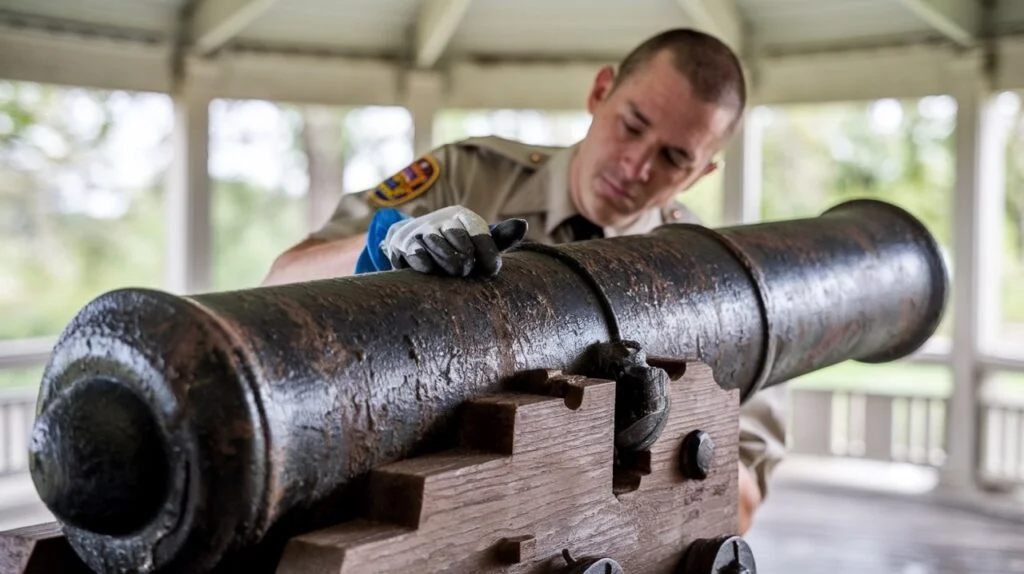
Kennesaw Mountain National Battlefield Park ain’t just about stunning scenery; it’s a page straight out of history. Keeping this area preserved to honor those who fought is an ongoing mission that’s as crucial as morning coffee.
Battlefield Preservation Efforts
Preserving Kennesaw Mountain? Well, that’s been going on since before your grandma’s grandma was around. Back in 1917, it was officially stamped as historic. Since then, folks have been fighting off city sprawl and those pesky cell towers trying to crowd the view.
One big deal was in 1899 when a battle vet named Lansing J. Dawdy from Illinois scooped up sixty acres of prime land near the Dead Angle. No, he wasn’t setting up a real estate business; this land was handed to the feds and eventually added to the battlefield park.
Fast forward to today, and this treasure trove spans close to 3,000 acres. It’s all about keeping the land looking like it did in the battle days, with a shout-out to the Civilian Conservation Corps for their help.
Commemorative Monuments and Markers
Kennesaw’s got its fair share of monuments and markers that tell stories louder than grandpa at a family BBQ. These spots give a nod to the brave souls and pivotal moments of the Civil War. Check these out when you’re in the area – they spill the tea on the major players and events.
| Monument | Year Erected | Significance |
|---|---|---|
| Illinois Monument | 1914 | Shouts out to Illinois troops who didn’t make it |
| Confederate Dead Monument | 1920 | Honors the Confederate fallen |
| Sherman’s HQ Marker | 1930 | Marks General Sherman’s spot during the battle |
These stone storytellers do more than just look pretty in a picture. They help guests wrap their heads around the tangled tales of history, thanks to the detailed info on the National Park Service page.
Through the years, the park’s played host to crowds, with numbers jumping from 4,700 in 1939 to a whopping 2.45 million in 1983. Despite headaches like traffic jams and city creep, preservation is on point so kids in the future can learn and appreciate.
If you’re a history buff or just looking for a chill spot to explore, peek at our guide on Georgia’s best national parks. If you fancy snoozing under the stars, swing by our camping spots in Georgia parks, and for something a bit wilder, check out the Okefenokee Swamp in Georgia.
Cultural Evolution at Kennesaw Mountain
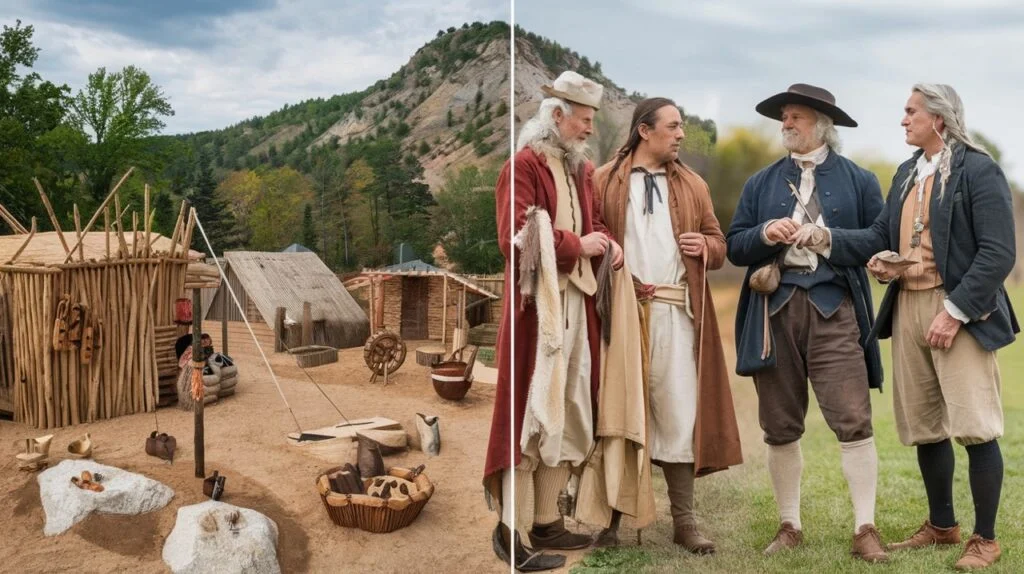
Get ready to dig into the fascinating tales of Kennesaw Mountain National Battlefield Park. It’s got more layers than a wedding cake! Before getting into the Civil War skirmishes, how about a stroll through its rich cultural past, stretching back to the days when Native Americans called these lands home?
Pre-Civil War Native Inhabitants
Long before the cannons started booming, the area around Kennesaw Mountain was bustling with life. Since around 1000 B.C., Native American tribes, especially those forebears of the Cherokee, laid claim to this land. They didn’t just live here; they were one with it, finding everything from food to spiritual purpose in its embrace.
The Cherokee were not just passersby—they built up a society with unique language and customs, organized social hierarchies, and an economy rich in natural resources. Think of it as an operation of survival and culture, wrapped up in traditions that shaped their identity.
Want a peek into more secretive stuff about Georgia’s ancient cultures? Check out our treasure trove at Okefenokee Swamp Georgia.
Impact of European Arrival
Then, Europeans sailed in, mixing things up big time. They brought in new tools and unfamiliar ways of life, turning the local cultural scene on its head. Trading posts sprung up, and while new goods flowed in, so did new issues.
Despite the boom in trade, this was no happy chapter for the Native tribes. European settlers came in waves, bringing with them laws and treaties scribbled on paper—the kind usually signed in desperation rather than agreement. The land grab game led to the tragic Trail of Tears in the 1830s, uprooting the Cherokee from their homeland under harrowing circumstances.
Thirsting for more about how European arrival reshaped Native American lives? Dive into our deep-dive guide on Cumberland Island National Seashore Georgia.
| Time Period | Key Happenings |
|---|---|
| 1000 B.C. – 1830s | Native Americans, mainly Cherokee, inhabit the land. |
| Early 1500s | First meetings between Native folks and Europeans. |
| 1800s | Native lands seized for European settlements. |
| 1830s | The Trail of Tears forces Cherokee relocation. |
Peeling back the history of Kennesaw Mountain reveals a tapestry of cultural shifts. From Native American roots to European disruptions, every chapter plays its part in the vast story you’ll explore here.
For those itching for more, roam through our pages on Georgia National Parks and grab our Georgia State Parks Map to plot your course to more historical gems.
Visit Kennesaw Mountain National Battlefield Park

Visitor Information
Got plans to swing by Kennesaw Mountain National Battlefield Park? Perfect! Here’s some lowdown to help you make the most of it. Open all year round, although some bits might have different hours as seasons change, so double-check before you head over.
- Operating Hours: The park runs from 7:30 AM to 6:00 PM.
- Visitor Center: Open each day between 9:00 AM and 5:00 PM.
- Entrance Fee: It’s zero dollars, folks—in other words, totally free.
How to Get There:
Pop the address, 900 Kennesaw Mountain Drive, Kennesaw, GA 30152, into your GPS. Here’s the drill:
| Mode of Transport | Directions |
|---|---|
| Car | Hit I-75 North if you’re leaving from Atlanta. |
| Public Transit | Use CobbLinc Bus Route 40 for a comfy ride. |
Don’t miss more nearby sights. Grab the georgia state parks map before you go.
Park Amenities and Activities
This park’s got plenty to keep you busy, from cool amenities to exciting activities.
Amenities
- Parking: Loads of spots, but during peak times, it fills up fast.
- Restrooms: Found at the Visitor Center and along various trails.
- Picnic Areas: Tables and benches ready for your picnic feast.
- Visitor Center: Has exhibits, a bookstore, and Civil War displays that’ll take you back in time.
Activities
Whether you’re a kid or a kid-at-heart, there are activities for everyone:
| Activity | Description |
|---|---|
| Hiking | Walk over 20 miles of trails, including the 1.2-mile hike to the top of Kennesaw Mountain. |
| Guided Tours | Take a ranger-led tour to dive into the park’s history. |
| Wildlife Viewing | Spot local critters—binoculars come in handy here! |
| Photography | Snap away at amazing views and historic sites. For more top photo spots, peep best national parks in georgia. |
While you’re at it, check out the commemorative monuments and markers throughout the park. They’re a nod to the many who fought during the Civil War. Plus, there’s the hard work from the Civilian Conservation Corps, easily seen in the well-kept grounds and old-school features.
Get in on these amenities and activities, and your Kennesaw Mountain visit will be both enlightening and fun. Need more pointers? Peek at our georgia national parks guide for the full scoop.
Environmental Changes Over Time
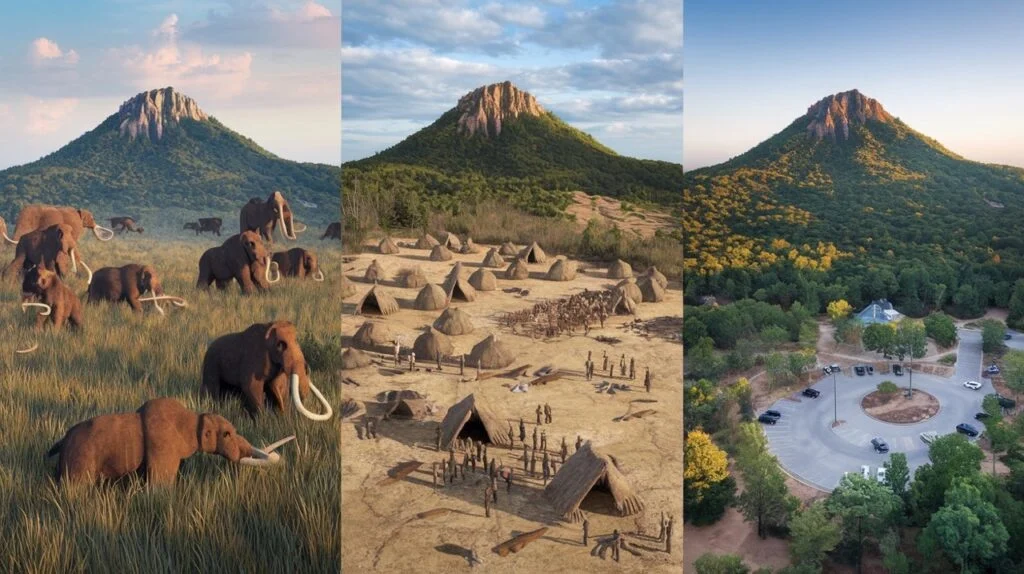
Take a little trip through time and check out how the landscape at Kennesaw Mountain National Battlefield Park has changed. Seeing how things shifted over the ages can help us understand what it meant for the folks living there.
Paleoindian Period
Way back between 9500-8000 B.C., during the Paleoindian period, the Southeastern United States was a different place.
Picture early humans wandering through these parts, picking wild plants, and chasing after huge creatures like mammoths and giant bison. They left behind fluted Clovis points, which are just fancy arrowheads. Over time, however, different styles of these tools popped up, showing they settled down more and less roaming around (NPS.gov).
| Period | Timeframe | Key Characteristics |
|---|---|---|
| Early | 9500-9000 B.C. | Clovis points, nomadic hunters |
| Middle | 9000-8500 B.C. | Varied tools, less wandering |
| Late | 8500-8000 B.C. | Settling down, a mix of tools |
Archaic Period Development
After the Paleoindian life, the Archaic period came with its own shake-ups, both in the land and the people’s way of living.
Early Archaic Period (8000-6000 B.C.)
As we slide into the Early Archaic period, bigger populations and changing environments asked for some adaptation. Folks got smart and started using local materials to make their stone tools, blending in well with their surroundings (NPS.gov).
Middle Archaic Period (6000-3000 B.C.)
Come the Middle Archaic period, everyone began to settle down more. They developed tools like atlatl weights and axes, and you’d find them cracking open nuts with those newfangled nutting stones. Quartz and orthoquartzite were the materials of choice (NPS.gov).
Late Archaic Period (3000-1000 B.C.)
The Late Archaic period was like opening up a new chapter. You had pottery making a debut, some serious trading going on over long distances, and even some early gardening experiments with plants like squash and sunflowers (NPS.gov).
Check out more of what Georgia has to offer in our Georgia National Parks List and learn about the Best National Parks in Georgia. Visitors eager to roam around can use our handy Georgia State Parks Map and find National Parks Near Georgia.
Understanding Demographic Shifts
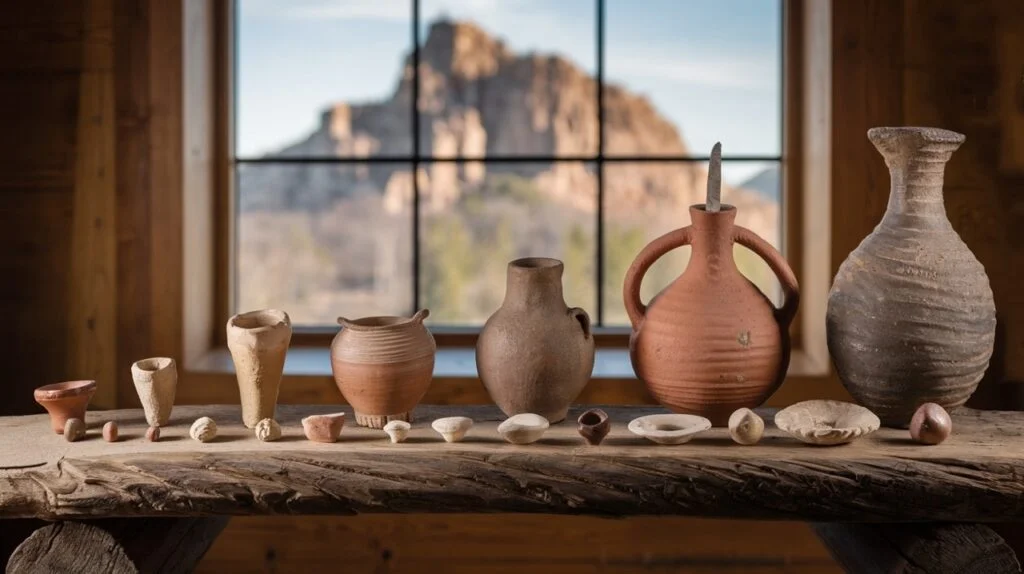
Middle Archaic Period
When you wander through Kennesaw Mountain National Battlefield Park, it’s like stepping back to the Middle Archaic period, way back in 6000-3000 B.C. This time was a whopper of a change for the locals hanging around. Folks were settling down, really making a spot their home. Imagine, instead of wandering like a free spirit, they started creating permanent hangouts. And with these changes, new tools and quirky gadgets popped up: atlatl weights (bet those were handy), sturdy axes, and the very first nutting stones. It’s all about that era’s folks adapting.
| Big Changes | Thingamajigs |
|---|---|
| Settling Down | Atlatl Weights |
| Regional Cultures | Axes |
| Cool Tooling | Nutting Stones |
Crafting their tools from everyday stuff like quartz and orthoquartzite wasn’t just smart—it was key for everything that came next. The late archaic era went from here and brought even more tweaks to how the tribes lived.
Late Archaic Cultural Changes
Bring on the Late Archaic shakeup—somewhere between 3000 and 1000 B.C., things got real interesting. As you’re wandering the park and putting the pieces together, you’ll find out how pottery took center stage. Suddenly, storing and cooking food had a whole new flair (NPS.gov).
But wait, there’s more! The era also sparked the start of sprawling trade networks. Goodies and resources traveled far and wide, like an ancient Amazon. Not just sticking to tools, the people got their green thumbs going, turning to planting—squash, gourds, sunflowers, sumpweed, and chenopod (plants as fun to say as they were to grow) jazzed up their mealtime spreads.
| Major Shifts | Practical Stuff |
|---|---|
| Pottery Boom | Food Storage and Prep |
| Mega Trade Routes | Goods and Swaps |
| Going Green | Squashes, Gourds, Sunflowers |
The Late Archaic didn’t just throw history a curveball; it set the stage for serious agricultural and social growth. And, as you look into these changes, it all adds up to a richer story at Kennesaw Mountain National Battlefield Park.
When you’re putting your adventure outfit on, go ahead and peek through more on georgia national parks, georgia parks and recreation, and other best national parks in Georgia to really soak in the experience.
Transition to Agriculture
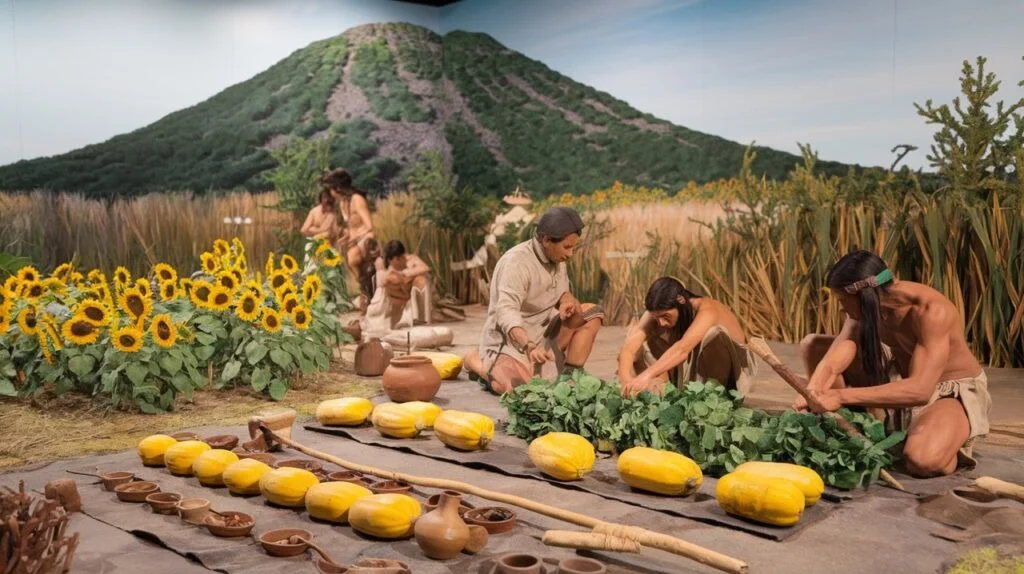
Experimentation with Plant Husbandry
As you wander through Kennesaw Mountain National Battlefield Park, you’ll dig up some intriguing tales about early agriculture in the area. Back in the Late Archaic period, between 3000 and 1000 B.C., there was a huge change in how the local indigenous folks lived and ate. They started playing around with growing stuff—a big step for them!
The “crops of the day” included squash, gourds, sunflowers, sumpweed, and chenopod (NPS.gov). This trial-and-error farming paved the way for more organized farming techniques in the years that followed.
Early Plant Cultivation Lineup:
- Squash
- Gourds
- Sunflowers
- Sumpweed
- Chenopod
To dive deeper into Georgia’s farming past, make sure to stop by other Georgia national parks.
Technological Advances in Late Archaic Period
Apart from planting seeds in the soil, the Late Archaic period was bustling with tech revolutions. Pottery made its debut, providing a reliable method for stashing and cooking food—quite essential for farming communities.
This period also saw the creation of far-reaching trade routes. These routes let goods, good ideas, and technologies flow between tribes, connecting folks who otherwise might not have met.
Tech Highlights:
- Pottery: A game-changer for storing and preparing meals.
- Trade Networks: Boosted trade and shared cool ideas.
| Tech Stuff | How It Helped |
|---|---|
| Pottery | Better ways to store and cook food |
| Trade Networks | Enhanced trade and spread fresh ideas |
As you roam the park, think of the epic times that shaped this area’s identity. Make your history dive complete by visiting the best national parks in Georgia.
Understanding the backdrop of agricultural and technological leaps gives your trip to Kennesaw Mountain National Battlefield Park a whole new layer of meaning. These insights hook the ancient world to the one we live in today, giving you even more reasons to love this Georgia landmark.
